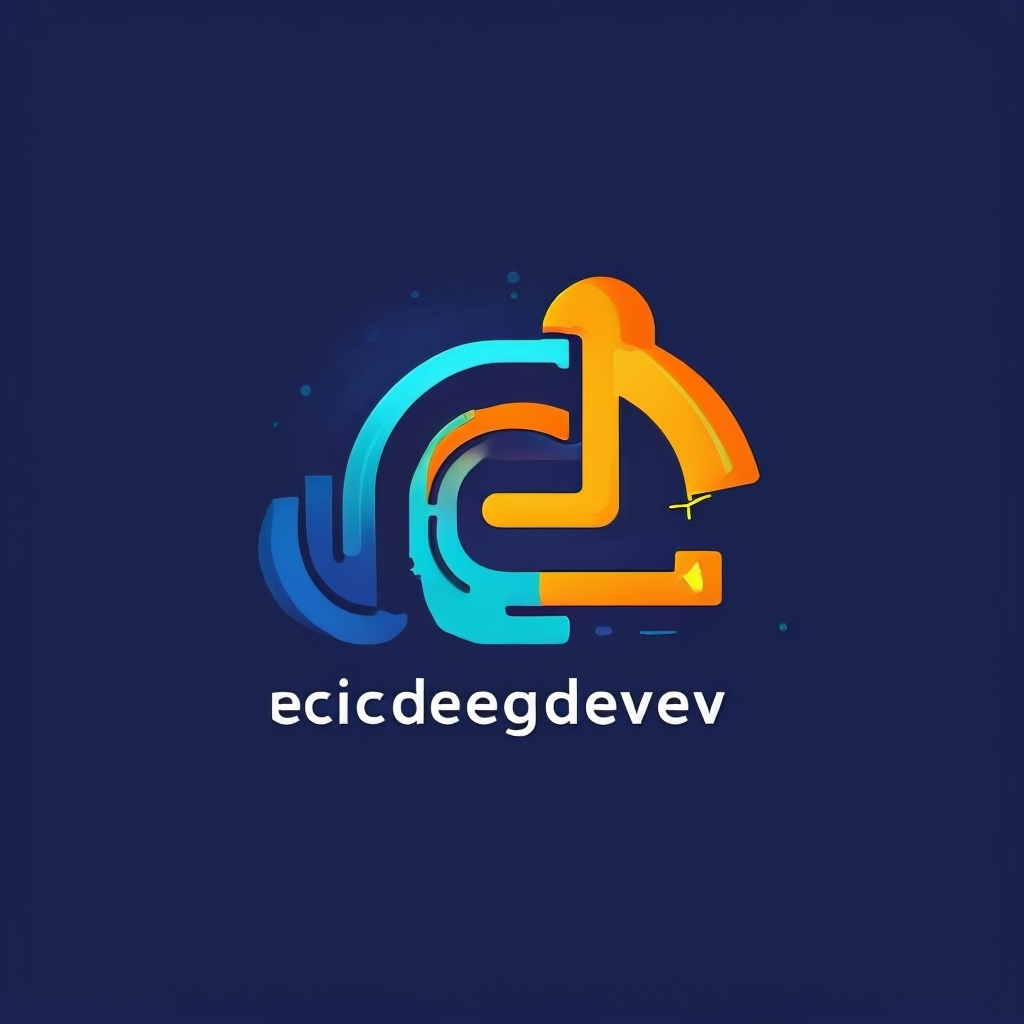Product lifecycle management (PLM) software transforms how businesses handle product data and workflows from design to retirement. By centralizing information and enabling cross-team collaboration, it reduces errors and accelerates time-to-market. Understanding core features and choosing the right solution helps companies streamline innovation, improve product quality, and ultimately drive sustainable growth.
Understanding Product Lifecycle Management Software
Click to learn more emphasizes the importance of PLM software in modern industries. It manages product data and workflows across all lifecycle stages, from conception to disposal. Core functionalities include BOM management, documentation, change control, and enabling teamwork.
In the same genre : What are the benefits of UK-led innovations in edge computing?
While PDM systems focus narrowly on product data, PLM systems encompass the entire process, integrating multiple departments and stages. This holistic approach streamlines operations, reduces errors, and accelerates time-to-market.
Review insights reveal that leading PLM tools like Teamcenter and SAP PLM integrate tightly with CAD, ERP, and MES systems. Their benefits include improved collaboration, traceability, and compliance, critical for industries like aerospace and healthcare. Cost considerations vary, with enterprise solutions costing from $75–125 per user monthly, contrasted by more affordable options with robust features.
In the same genre : Enhance your life with premium notion templates today
In choosing a system, key factors are usability, scalability, and integration capabilities. An effective PLM solution helps organizations adapt swiftly to market changes, ensure regulatory compliance, and foster continuous innovation. Proper implementation and staff training are essential for success in optimizing product lifecycle management.
Key Features and Benefits of PLM Solutions
Broad adoption of product lifecycle management overview tools transforms how organizations develop products, connecting dispersed teams through streamlined data and workflow systems. Centralizing data gives a single source of truth, reducing version errors and supporting managing product data efficiently. For manufacturers, this centralization improves quality and boosts cross-functional team collaboration, essential for expediting design and delivery while avoiding costly mistakes.
Essential Features of PLM Software
Lifecycle software features form the foundation for efficient and transparent product data control. Comprehensive version control in lifecycle management ensures all stakeholders work from the latest information, while automated workflows standardize processes. Robust audit trails and role-based access protect product data security, and integrations with CAD and ERP unlock deeper insights for real-time product analytics. These features are critical for industries needing strict lifecycle compliance management and traceability.
Industry Applications and Use Cases
Lifecycle software for manufacturing streamlines complex supply chains and regulatory requirements. In sectors like electronics and automotive, PLM tools reduce development lifecycles and enhance feedback loops for innovation. The integration of digital twin in product management and IoT delivers greater operational awareness. This supports advanced product portfolio management and sustainable practices.
Leading PLM Solutions and Market Trends
Top PLM tools now feature AI-driven automation and cloud-based scalability. Market leaders—such as those highlighted by https://www.ceotodaymagazine.com/2025/07/why-top-rated-plm-software-is-key-to-accelerating-business-success/—offer a spectrum from free lifecycle management software options to robust enterprise PLM solutions, meeting diverse business needs for streamline product development. Adoption challenges are mitigated by focused PLM implementation strategies and intuitive interfaces, underscoring the impact of PLM on business growth.





